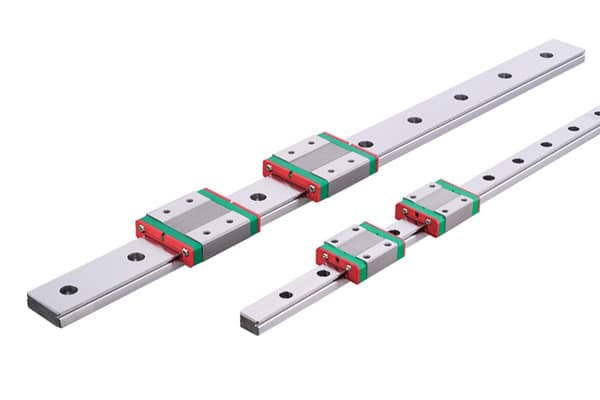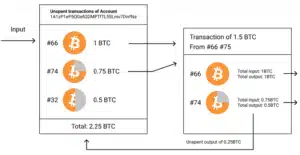How to choose a linear guide?

When designing your automated system, you’ll be faced with a multitude of choices, but not all of them are good ones. That’s why it’s important to take your time, do your research and get advice from experts like Chambrelan. In the field of linear guidance, technical solutions are extremely varied. When designing an automated system, manufacturers should not neglect the guidance chapter, which deserves in-depth study. The aim is to choose the optimum formula, the one that will provide the best response to the various data required by the problem at hand.
Table of Contents
Questions to ask yourself before choosing your linear guidance system
When choosing your linear guidance system, you need to select the optimum formula, the one that will provide the best response to the various data required by the problem at hand. To do this, you need to ask yourself the right technical questions.
When industries are faced with the choice of their linear guidance system, they’ll have to start with the specifications of the technology they’re going to use and the various essentially mechanical data. Such as overall dimensions, rigidity, load capacity or positioning accuracy. Then you need to take into account the environment in which the equipment will operate. This is a very important question, as some technologies are more or less sensitive to dust, pollution or extreme temperatures.
You also need to consider the budget allocated to the equipment. You need to calculate the cost of assembly, maintenance and the energy required to operate it.
Finally, there’s the question of profitability. Linear guidance systems have a huge impact on machine performance, operating rates and durability.
Make the right choice!
Now that you’ve asked yourself the right questions, let’s move on to the choices available to you.
The classic linear guidance system
This system transfers and holds a load in a linear, vertical or horizontal direction. There are several types of linear guidance system, including V-guides, ball bearing blocks, ball bushes, telescopic rails and plain bushes.
The rolling element guidance system
This system is far more sophisticated. It is virtually frictionless, thanks to ball bearings. These precision balls significantly improve the equipment’s energy and mechanical efficiency. Not only is this linear guidance system faster, it’s also much more precise and lasts much longer.
There are 3 main types of rolling guide systems to choose from
Linear guides
with a track equipped with rollers, ball or roller cages, or a recirculating ball bearing block.
Telescopic slides, which can feature total or partial extraction, and possibly locking and safety devices
Linear units integrating the guide rail, the rolling device and the moving element (rack and pinion, ball screw, toothed belt).
Would you like to invest in a linear guidance system?
For 60 years, society has designed, developed and provided thousands of ball bearing slides and guidance rails for industry and for equipment manufacturers who have had to put into practice translatory guidance solutions. This product can be used as drawer slide, linear bearing guide, hanging rail, drawer guide, bottom mount drawer slides, keyboard drawer, handling rail, furniture slide, telescopic stand, slide for telescopic table, horizontal guide or in some cases, in vertical guiding as for a door guidance.









